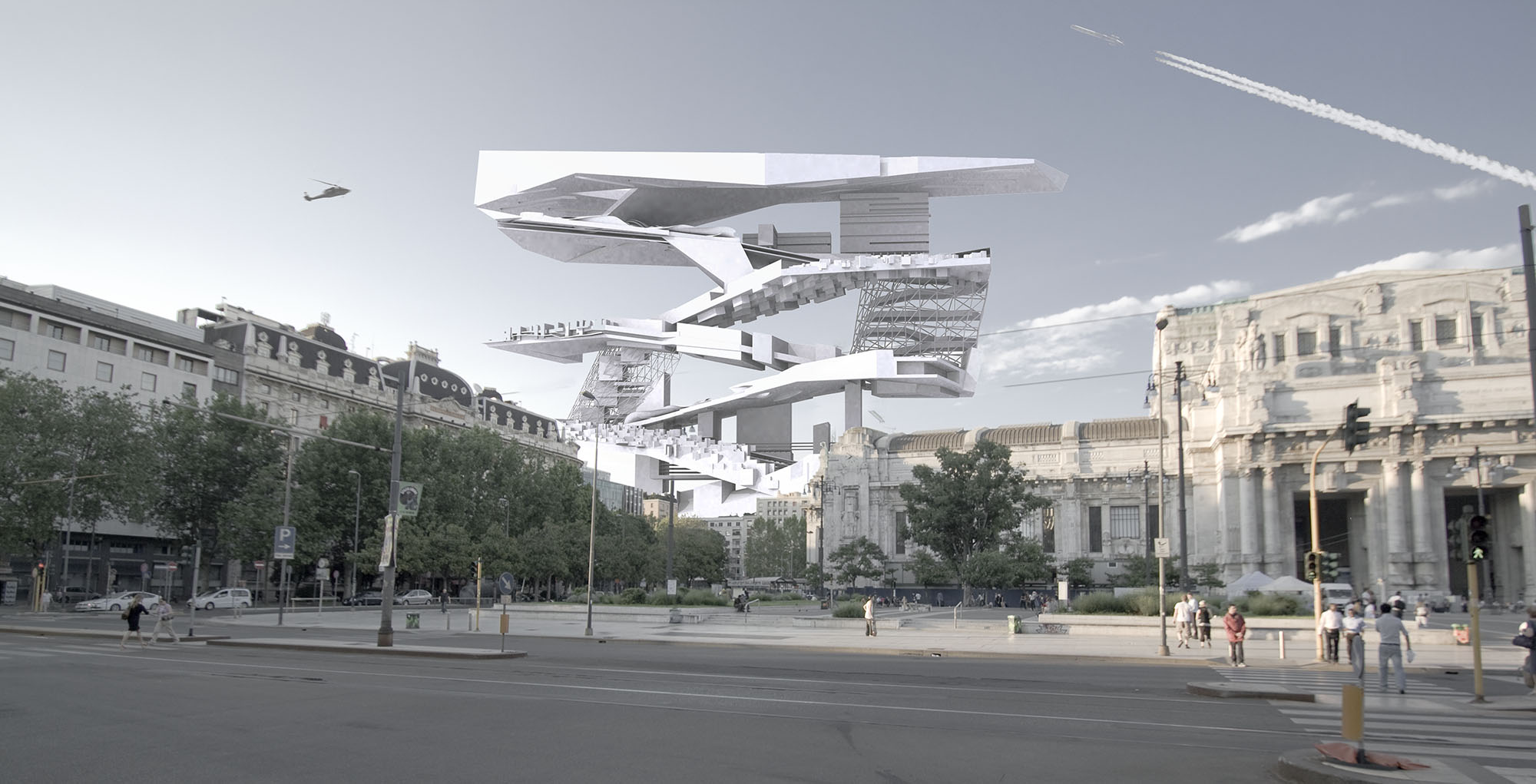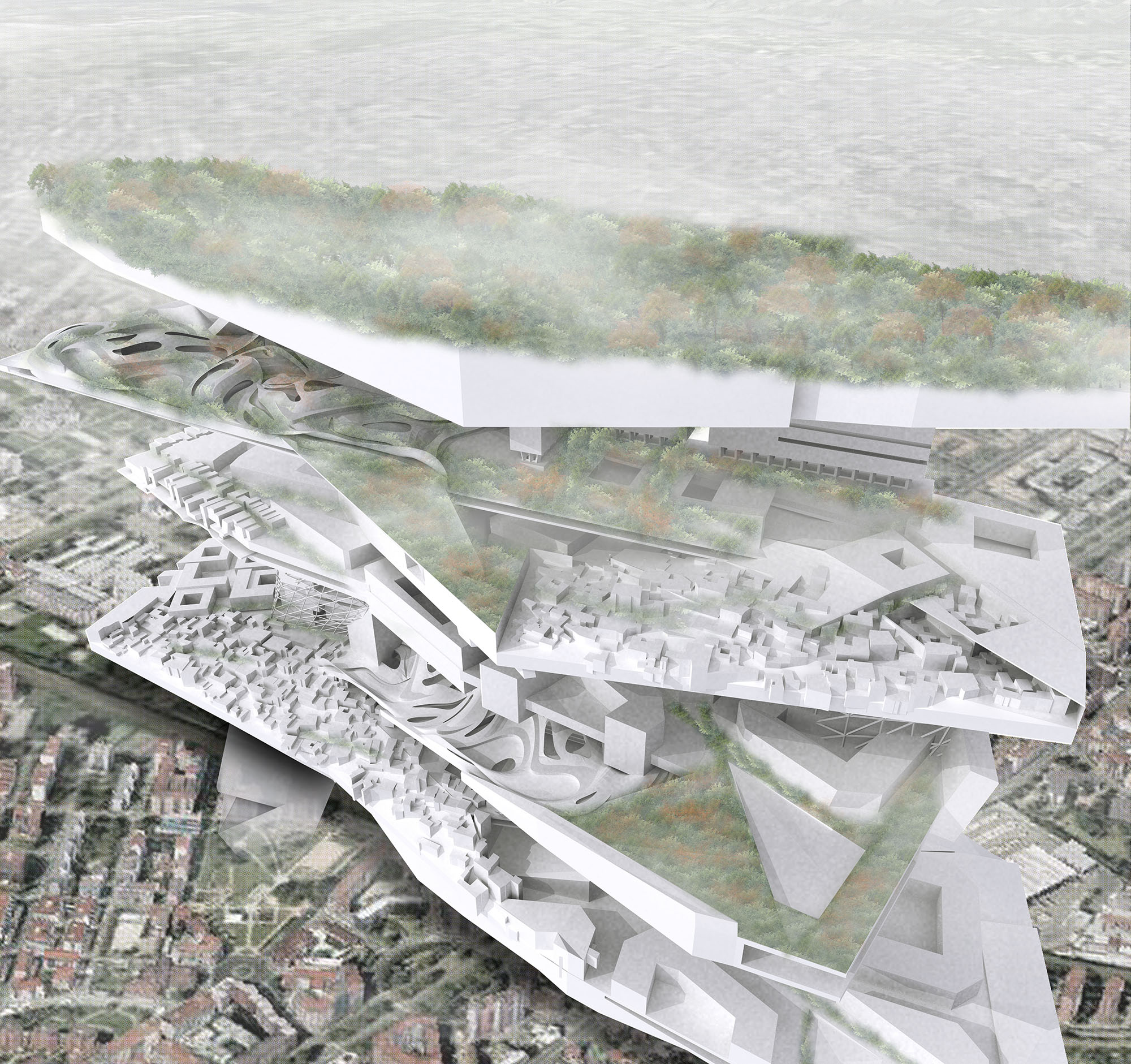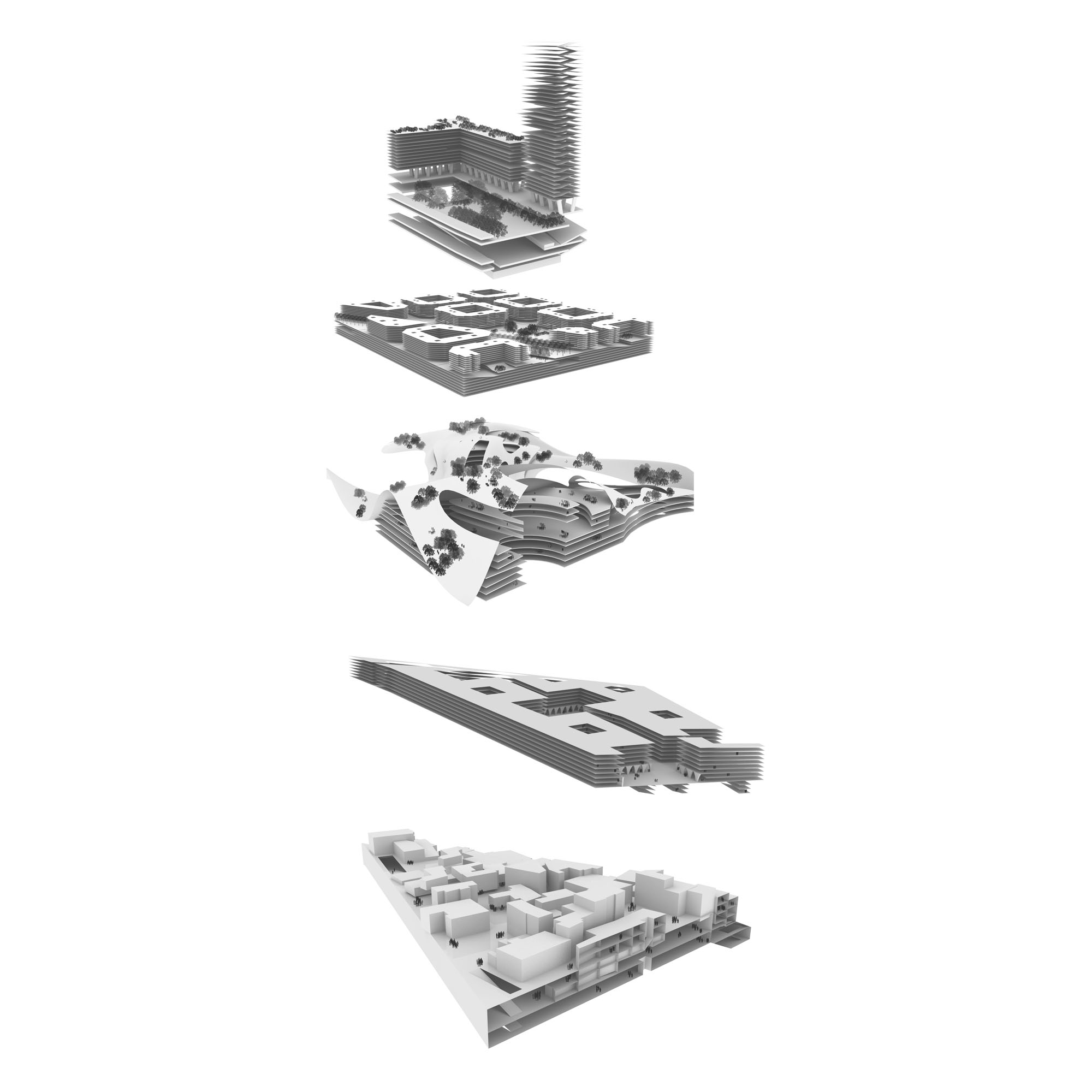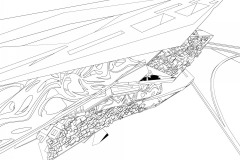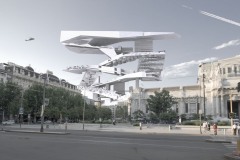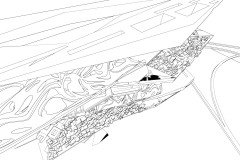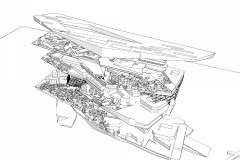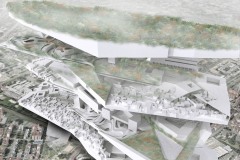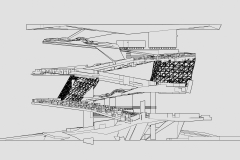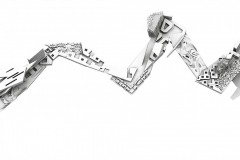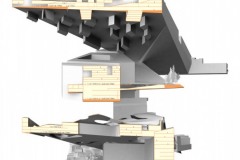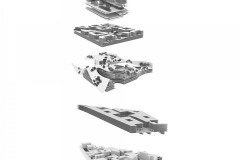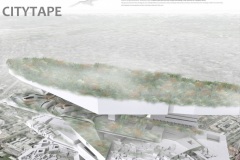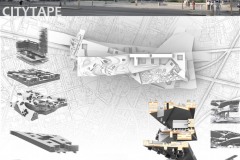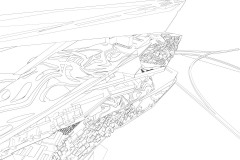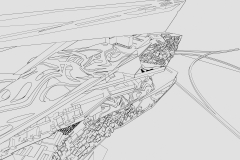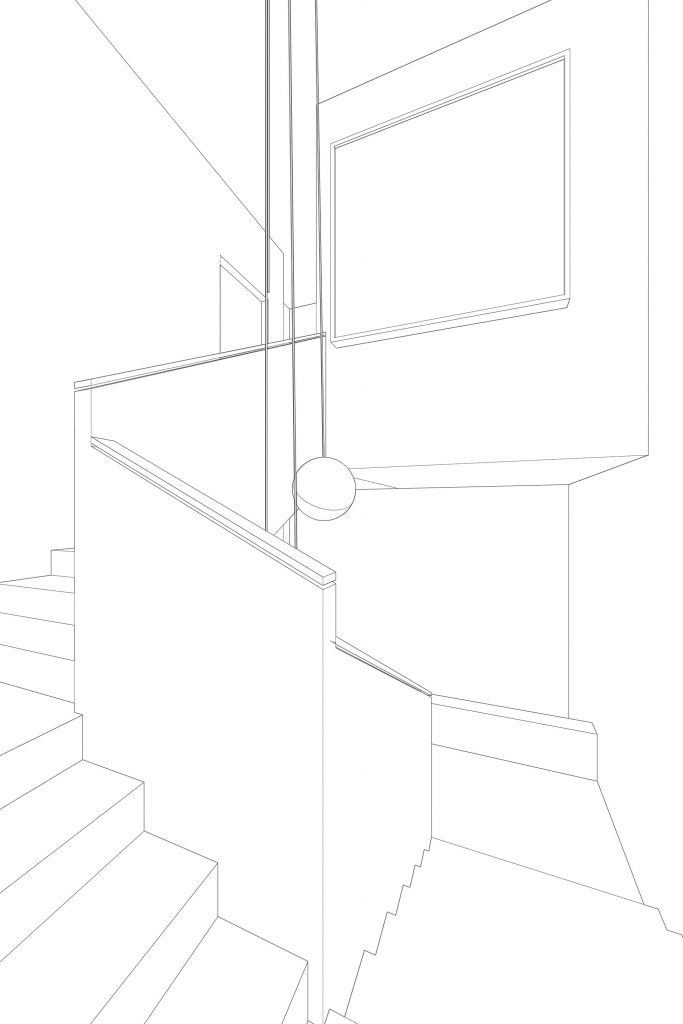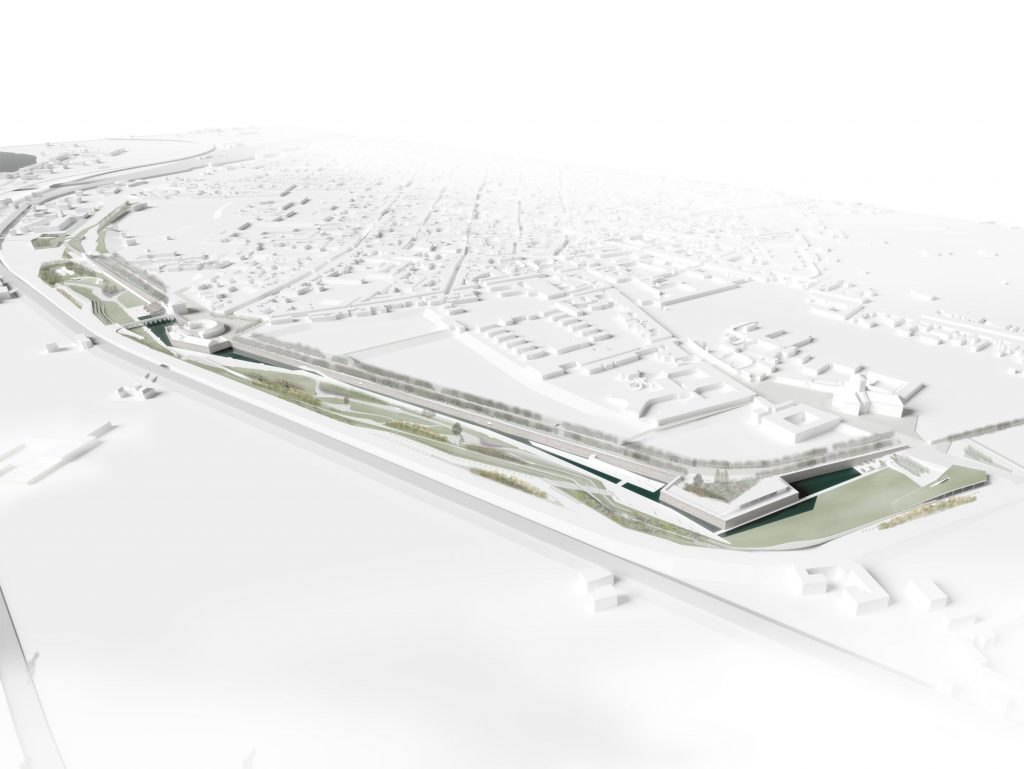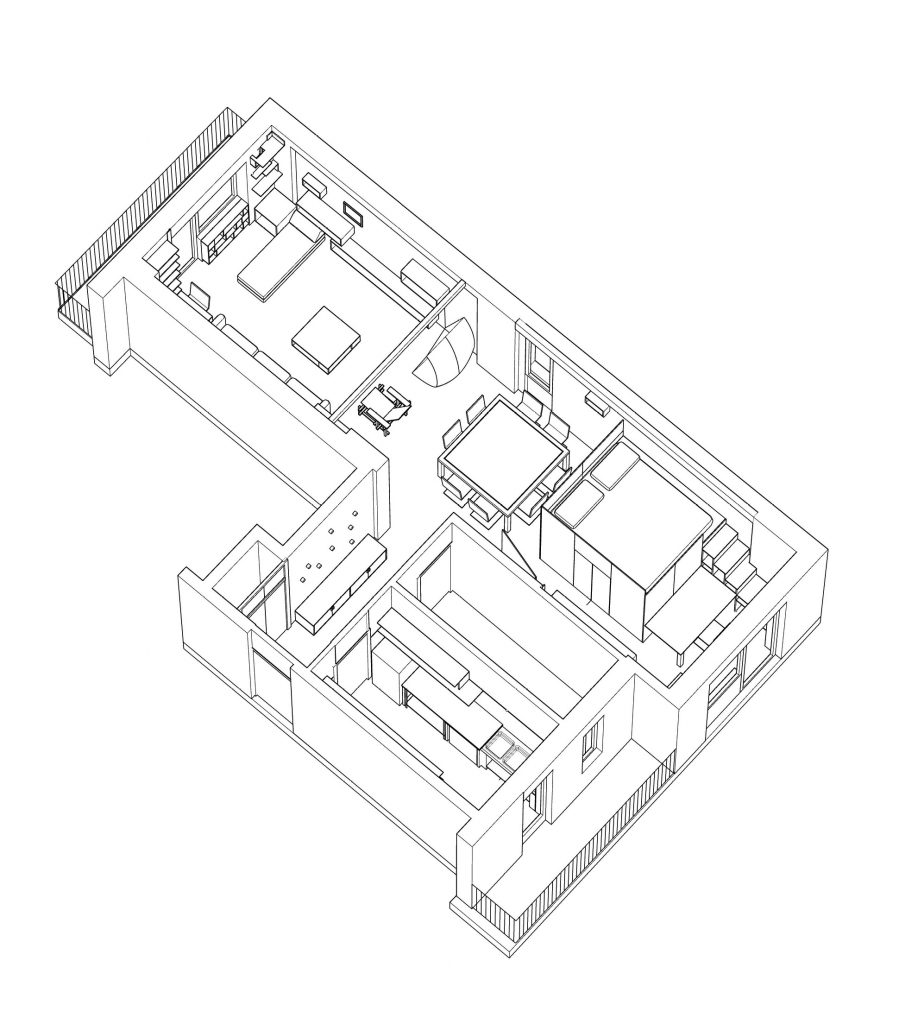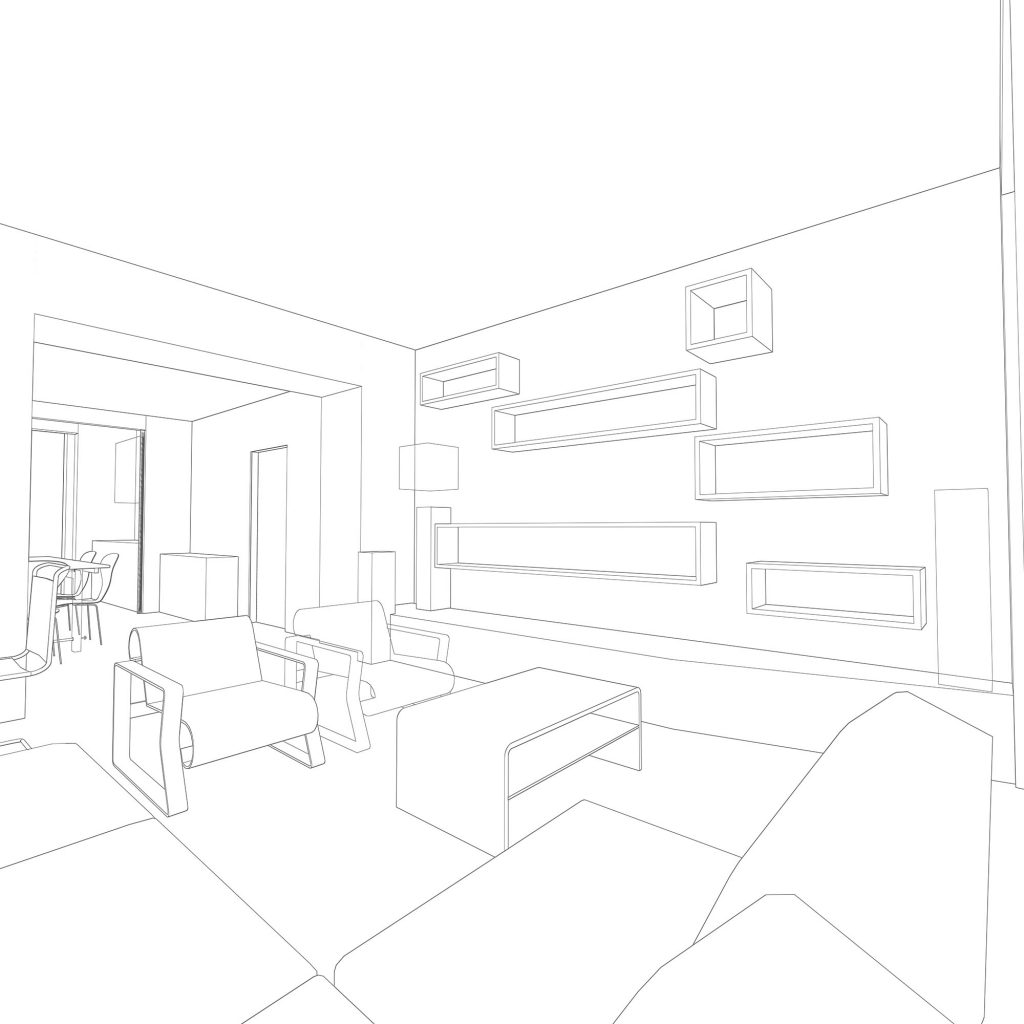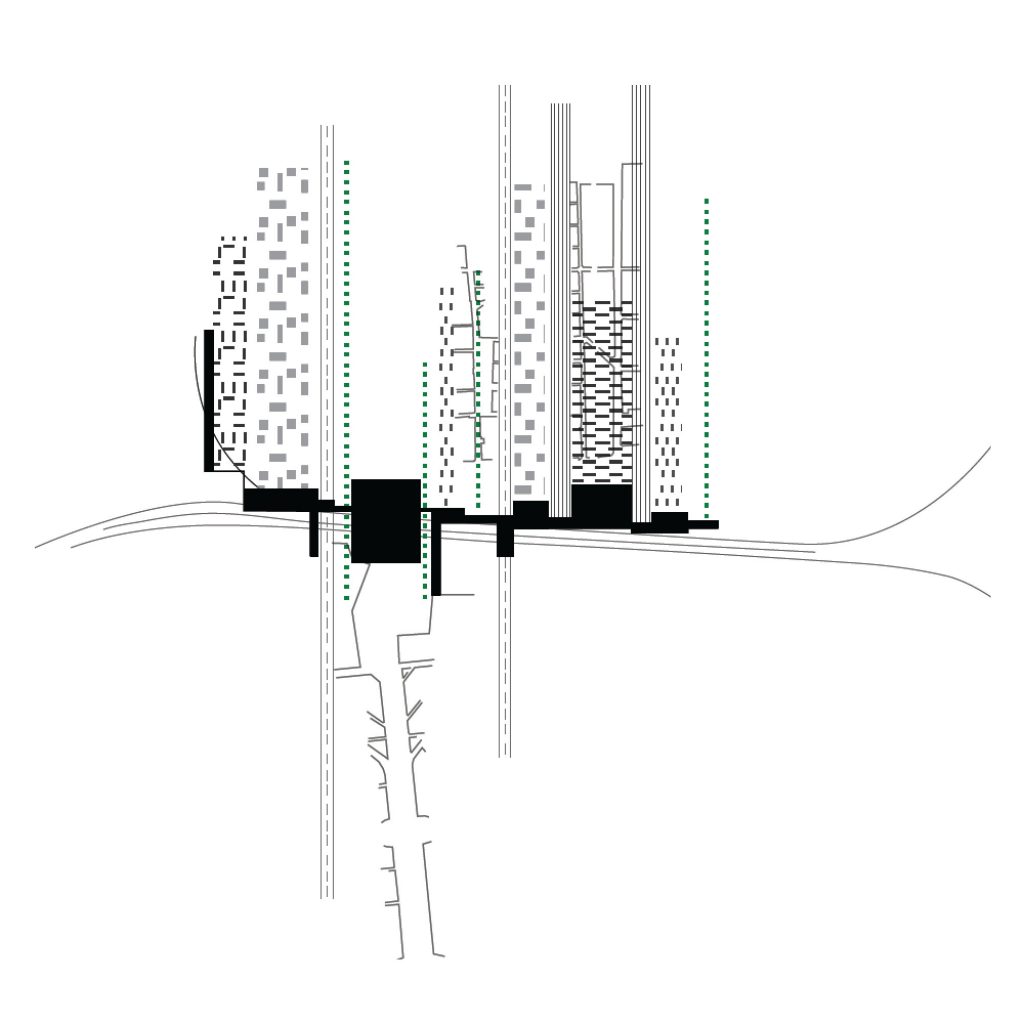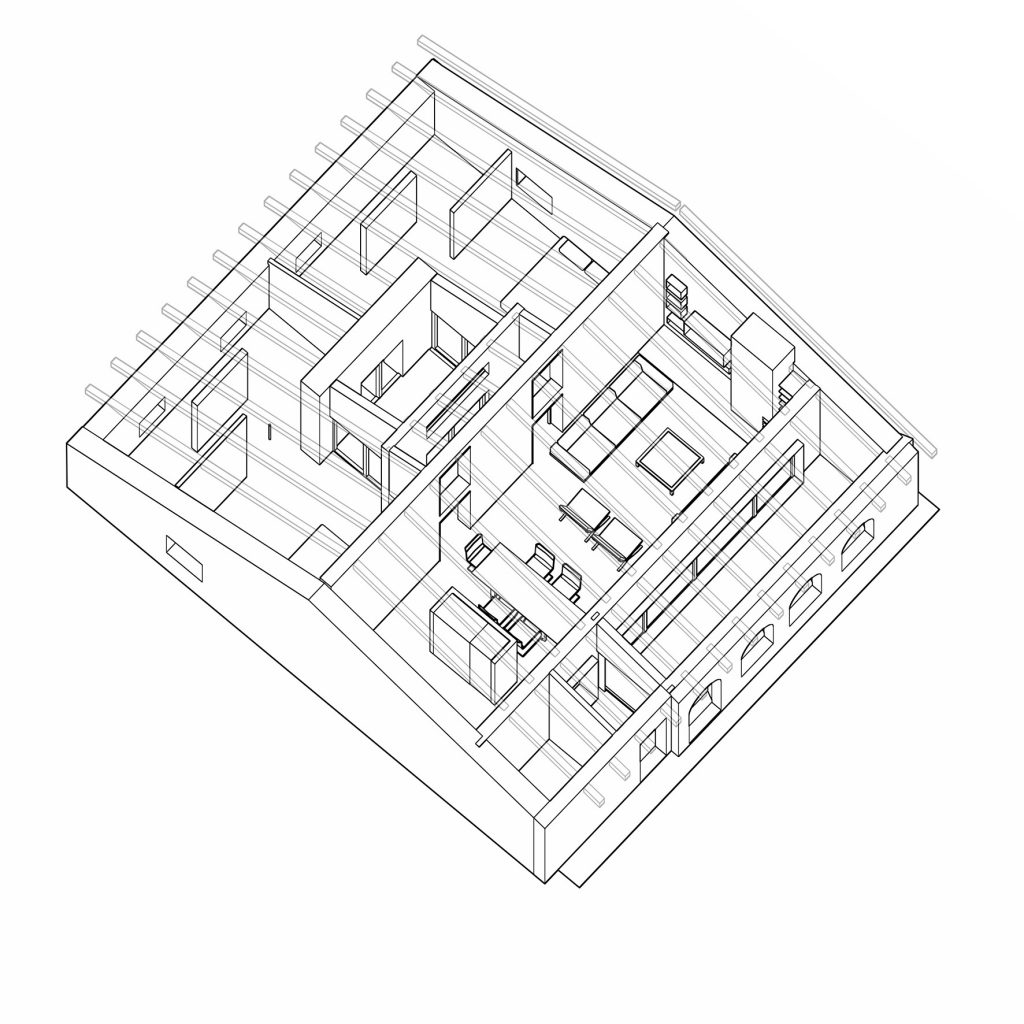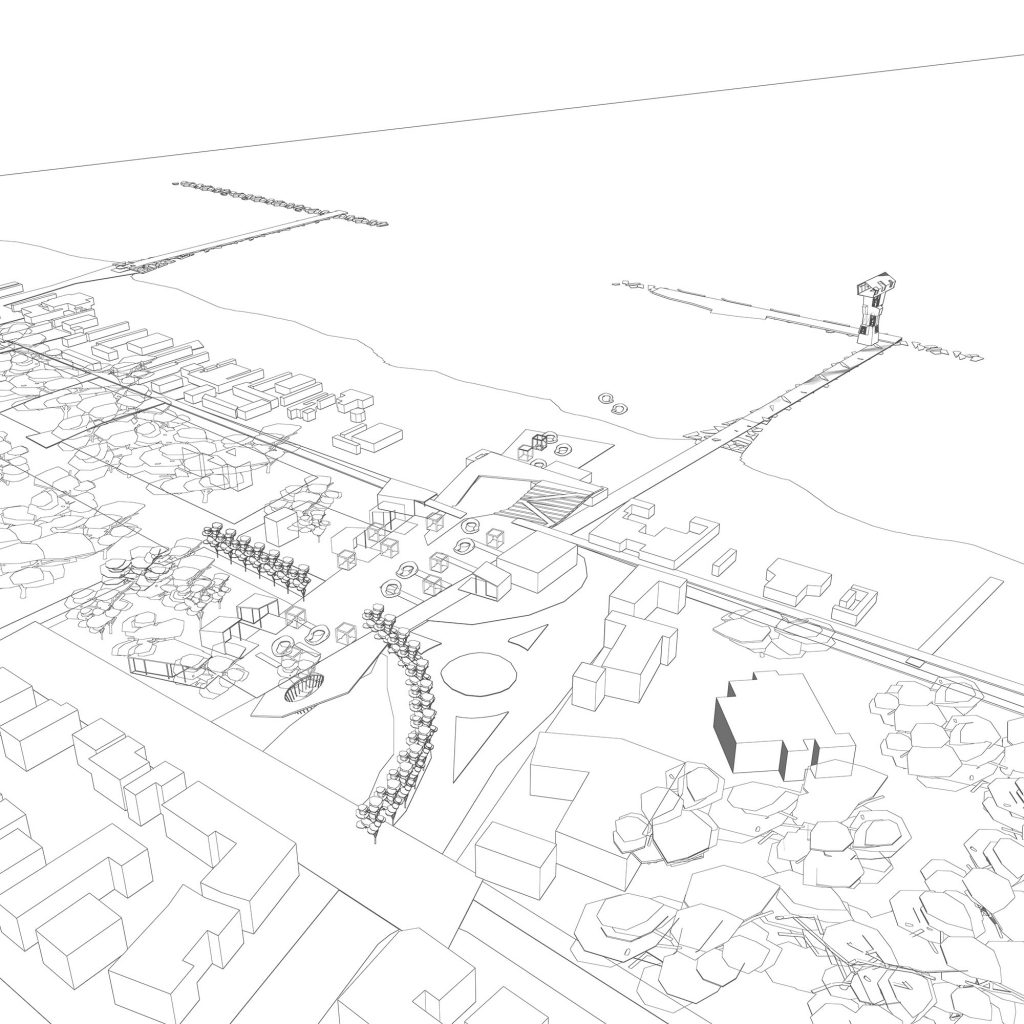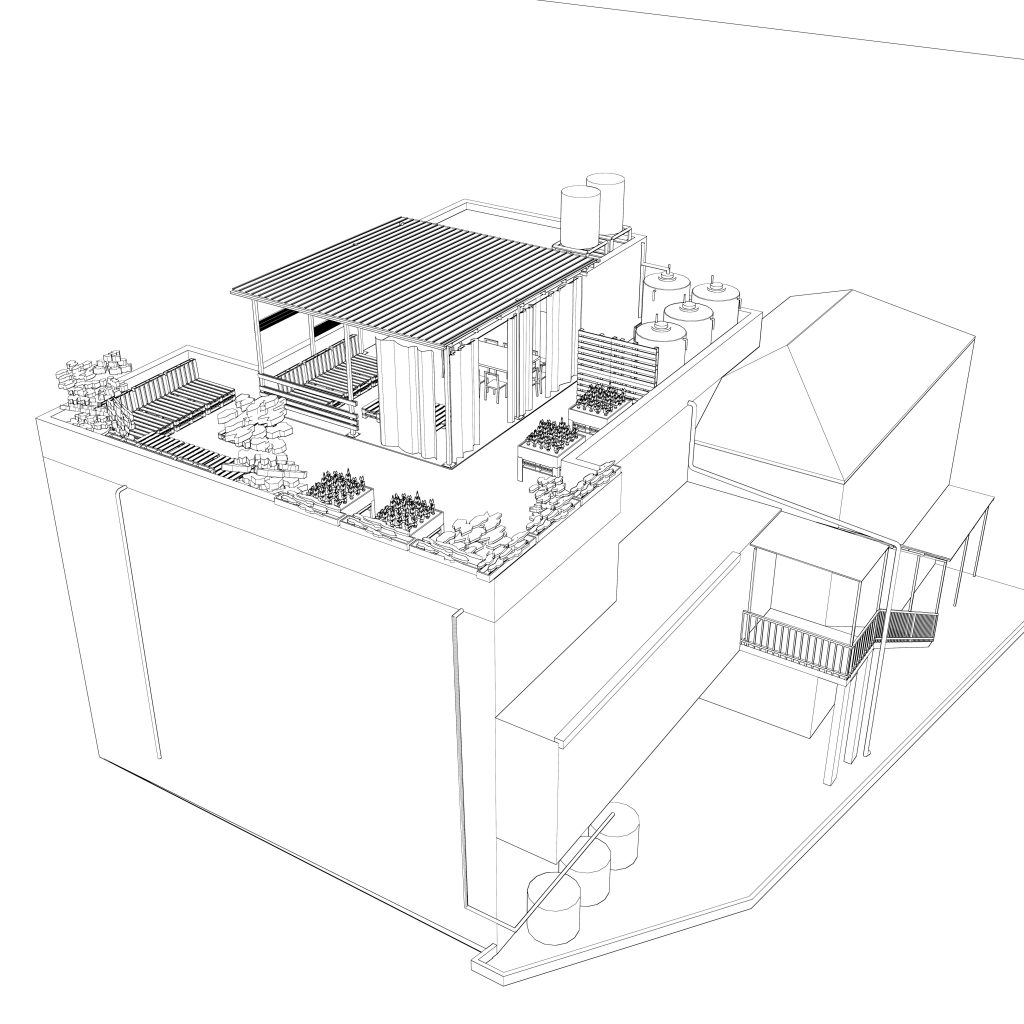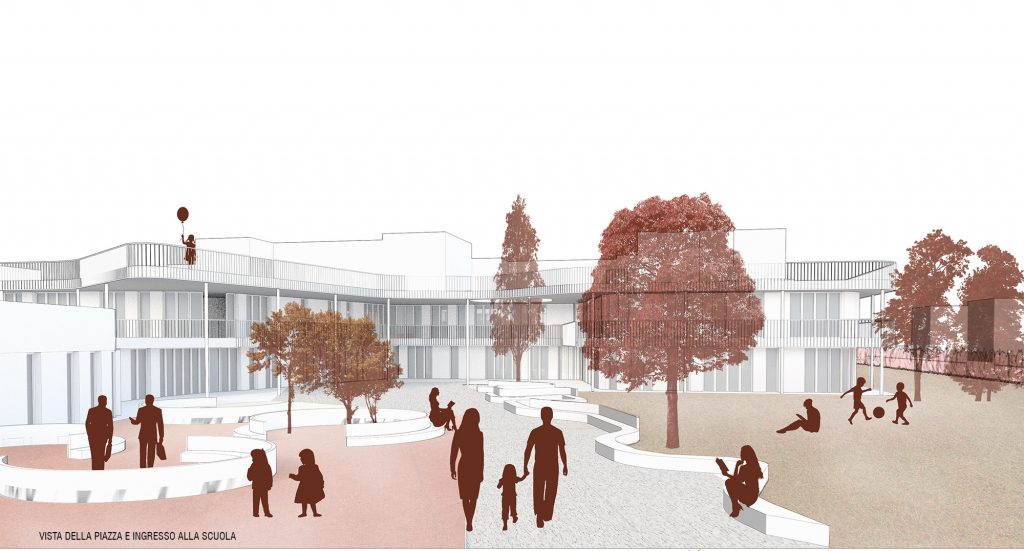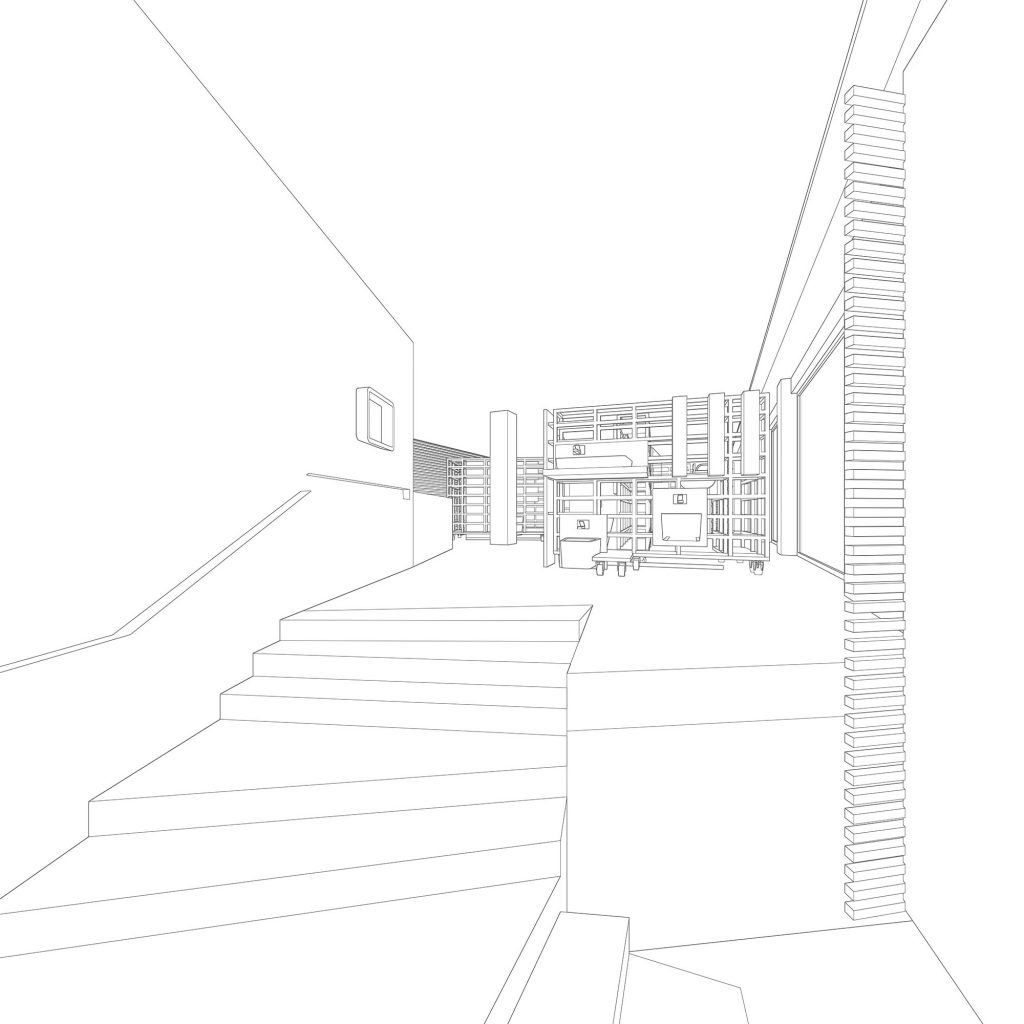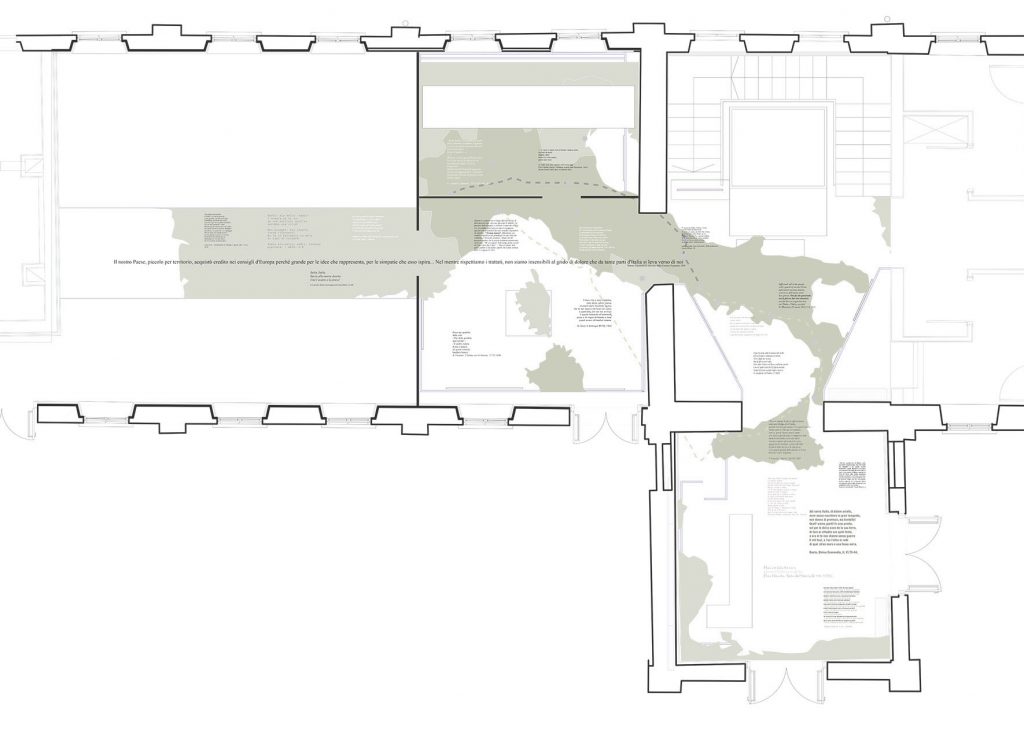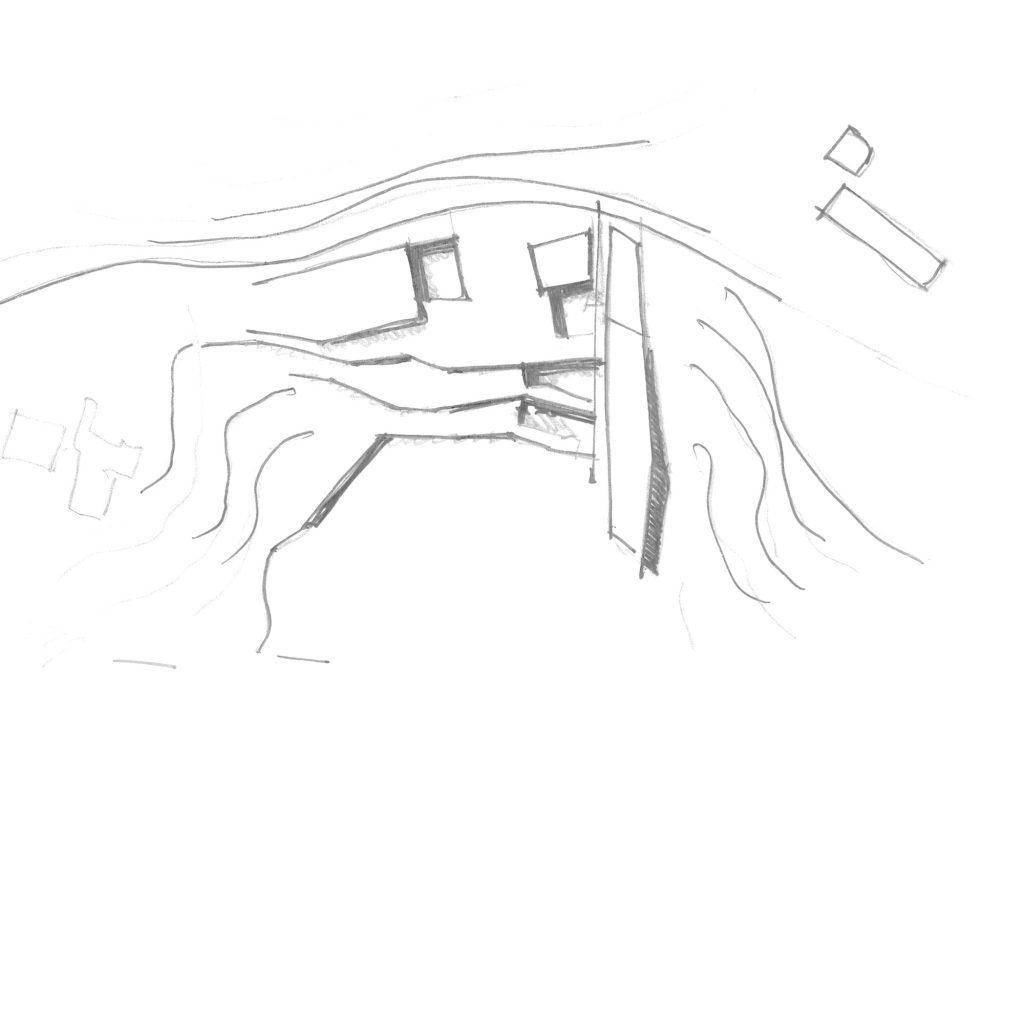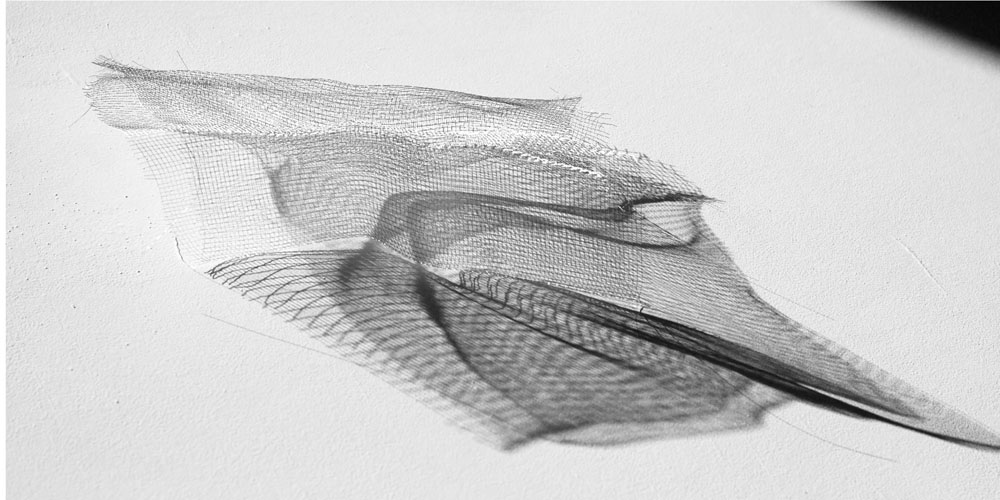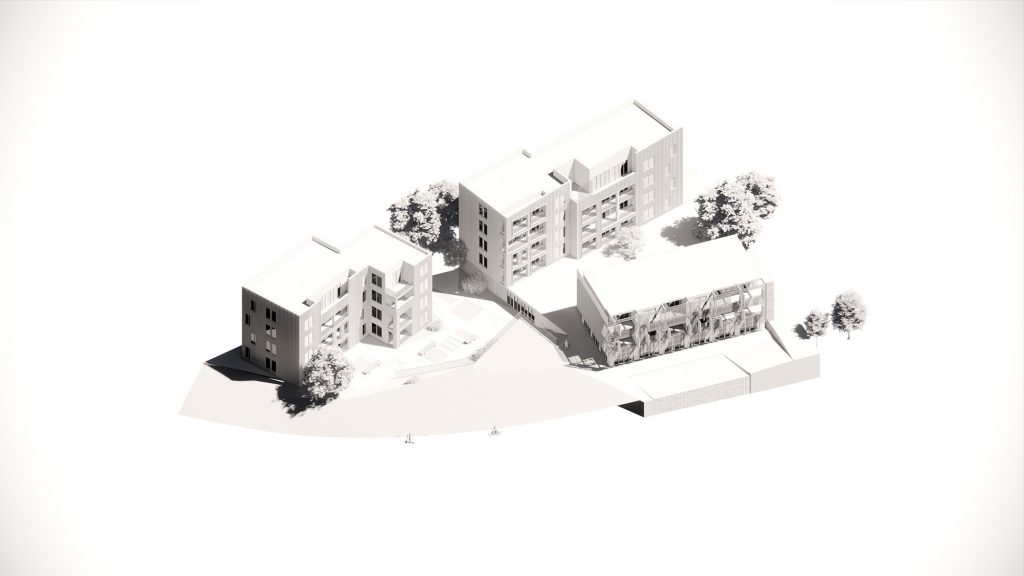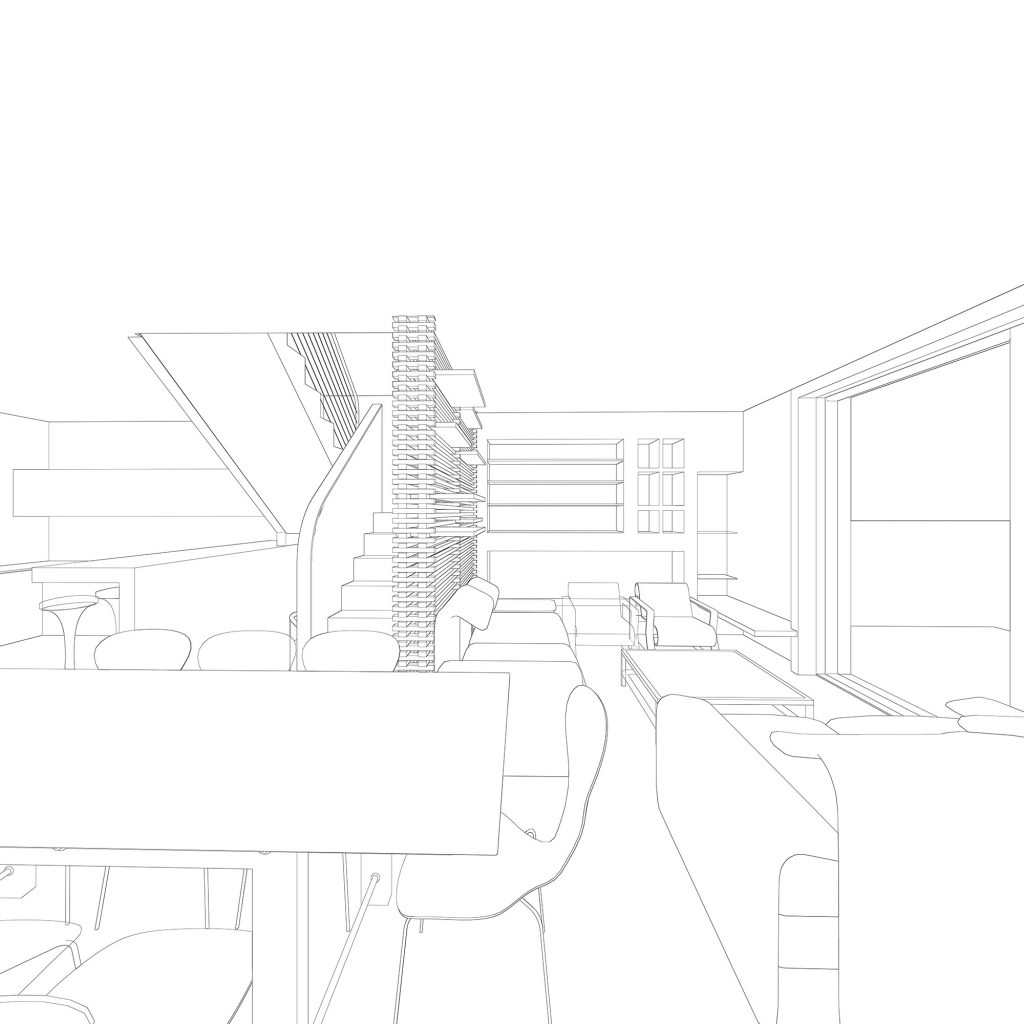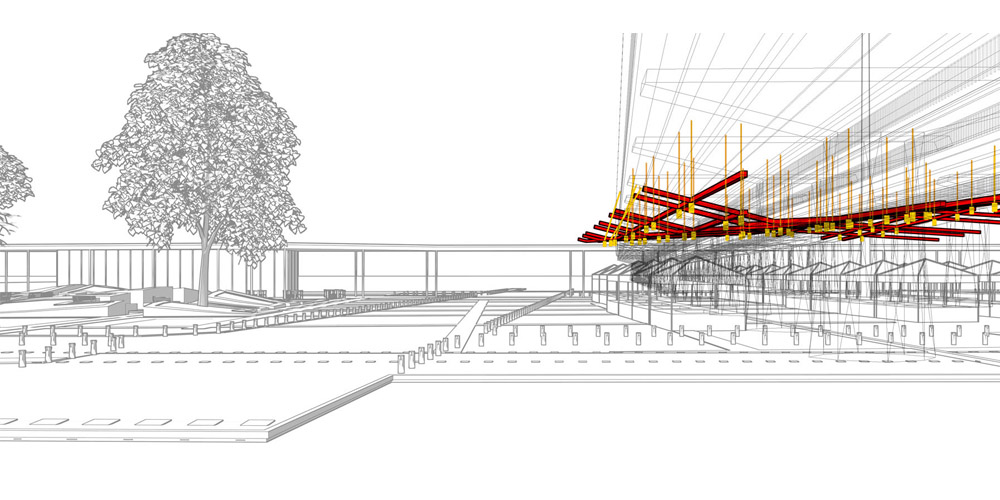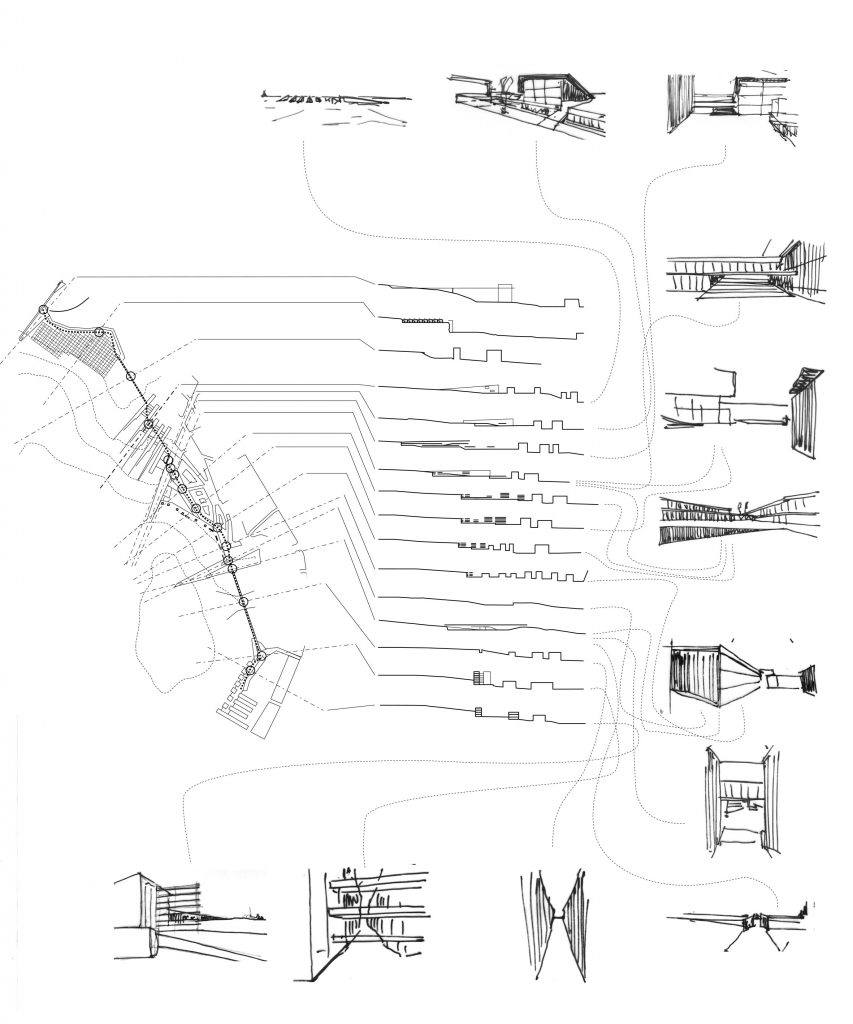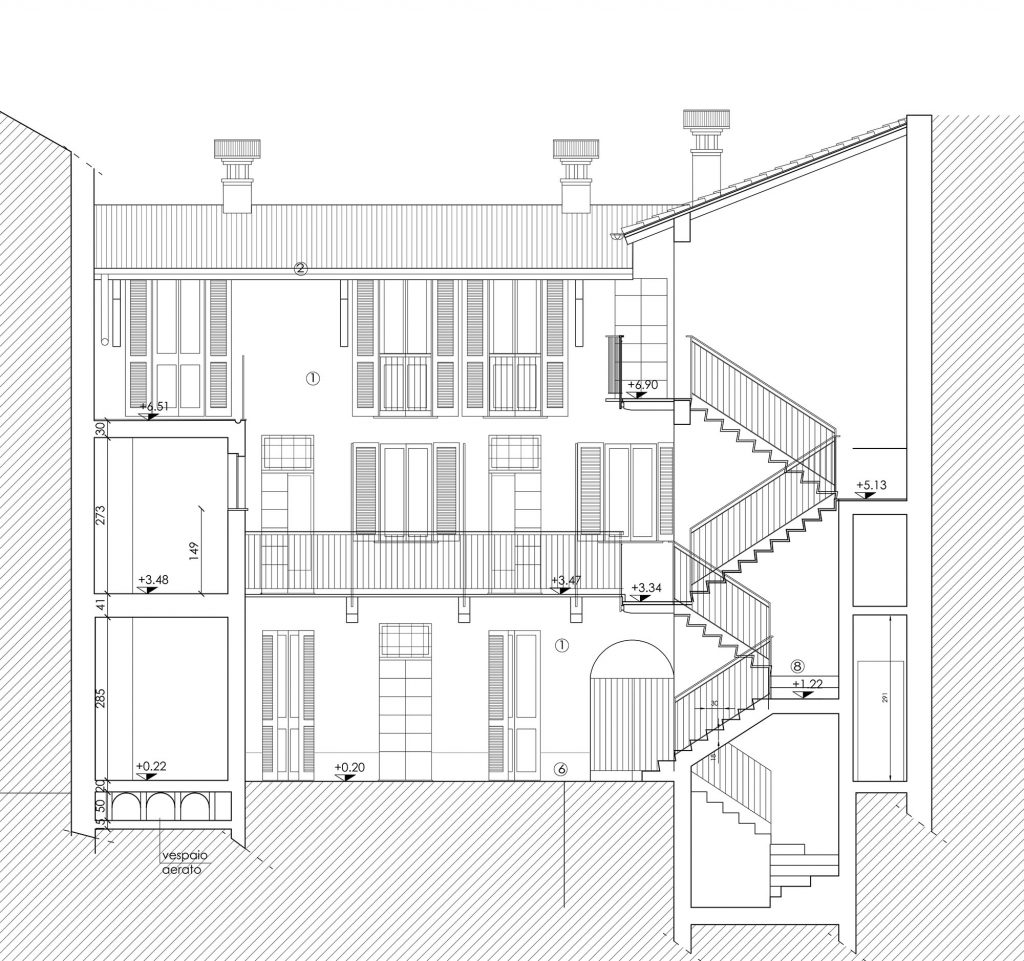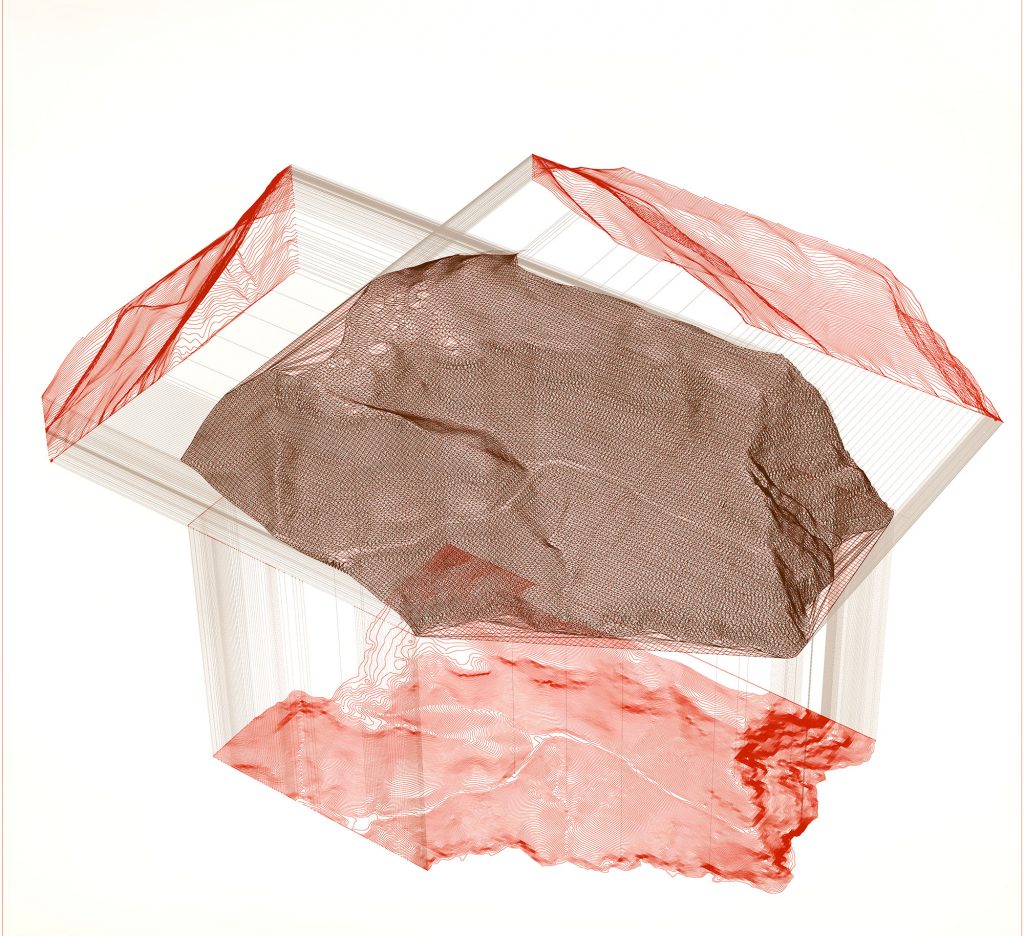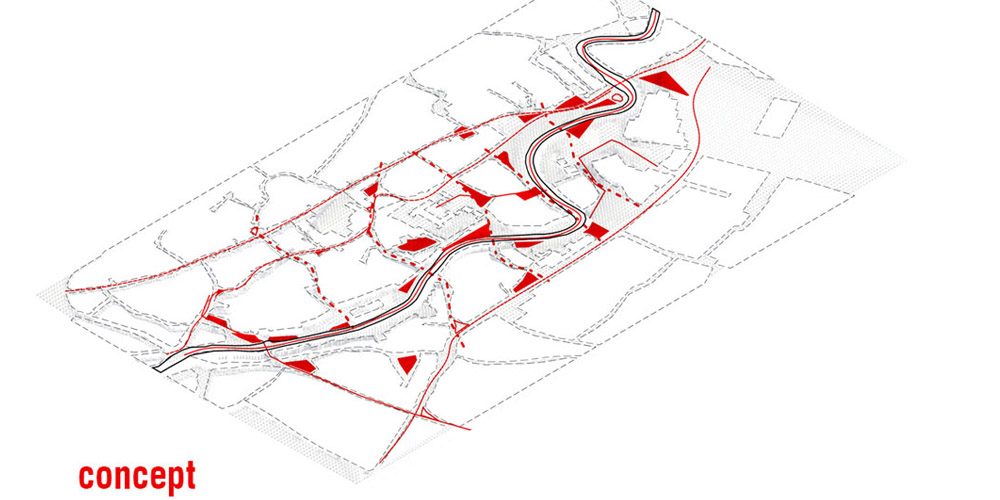CityTape
URBAN VISION
Site: Milan
Year: 2010
With: Stefano Melgrati, Giancarlo Tonoli, Jack Moretto, Mirko Vescio
CONCEPT
What’s the meaning of thinking about a building for 25 000 inhabitants? Hot to think about a city for 25000 people without the necessary space for it? How a city can be translated into a building without losing its variety of spaces and features? These questions are made on the same Utopist background. Utopia can be seen as a logical operation (mathematical) where some hypotheses are taken to build a model that can show different (hopefully interesting) points of view by losing some constraints belonging to reality. City is seen as cohabitation of characters, features and spatial feelings superimposed. This “exercise” is seen also to take a look at the contemporary state of the city. The starting point, this high density urban element, focuses the attention on simultaneous existence of different scales, lifestyles and measures modeled in a scheme that aims – Hypothesis – to be continuous also in terms of usability and successions of urban scenes. From this point of view the attention on this dimension, almost tactile linked to the idea of a “user friendly” ground is seen in contradiction with the leitmotif of this proposal that advises a “futuristic” point of view on the city, on its lifestyles necessarily linked to transportations means and to the idea of the net city – cluster. The idea of an artificial ground, indefinitely reproducible, multiplied on its footprint and still continuous: this is the concept. On this artificial ground pieces of different cities are recalled mainly for their characters: sequences of different dimensions, spatial relationships are assembled offering different types of inhabiting and living space. From a surface, the ground becomes, necessary, a mass, a volume where the zero level, variable and shifting, is the reference for a complex section. This ground starts from the existing city. It is radically linked and connected to it by a relatively small surface of contact. the main link to the “existing” world is the connections with regional and metropolitan stations existing or planned in this area.
“In 2010 AUFO carried on the research project MilanoStadtKrone2030, a vision for the city based on the installation of 12 archi-urban objects (AUO), each for 25.000 inhabitants, in the Milanese land (total 300.000 new citizens, as foreseen by the major Letizia Moratti) and further 3 AUO as urban doors hinged on an innovative triangle-line metropolitan railways, which connects the airports of Milan, according to the urban principles of the PGT adopted by the City of Milan.
AUFO coordinated the proposals of 14 international under40 firms of architecture (Rojkind Arcquitectos, Mexico City; BplusU, Los Angeles; IAN+, Rome; Mad Office, Beijing; Tang&Yang Architects, Savannah, GA; Fraschini-Melgrati-Tonoli, Caliari studio, Degli Esposti Architetti, Numistudio, Michele Moreno Architetto, Milan; ACZ studio di architettura, Modena; Congoritme Architects, Barcelona; studio Shift, Culver City, CA; void_7, Madrid), with the special participation of the centenary architect Guglielmo Mozzoni with his Ideal City.
The MilanoStadtKrone2030 was exhibited at the Politecnico di Milano in June 2010, having an inaugural round table with Marco Biraghi, Marco Brizzi, Antonio Migliacci, Guglielmo Mozzoni and Bert Theis.” (aufo.it)
More Info: Aufo.it

